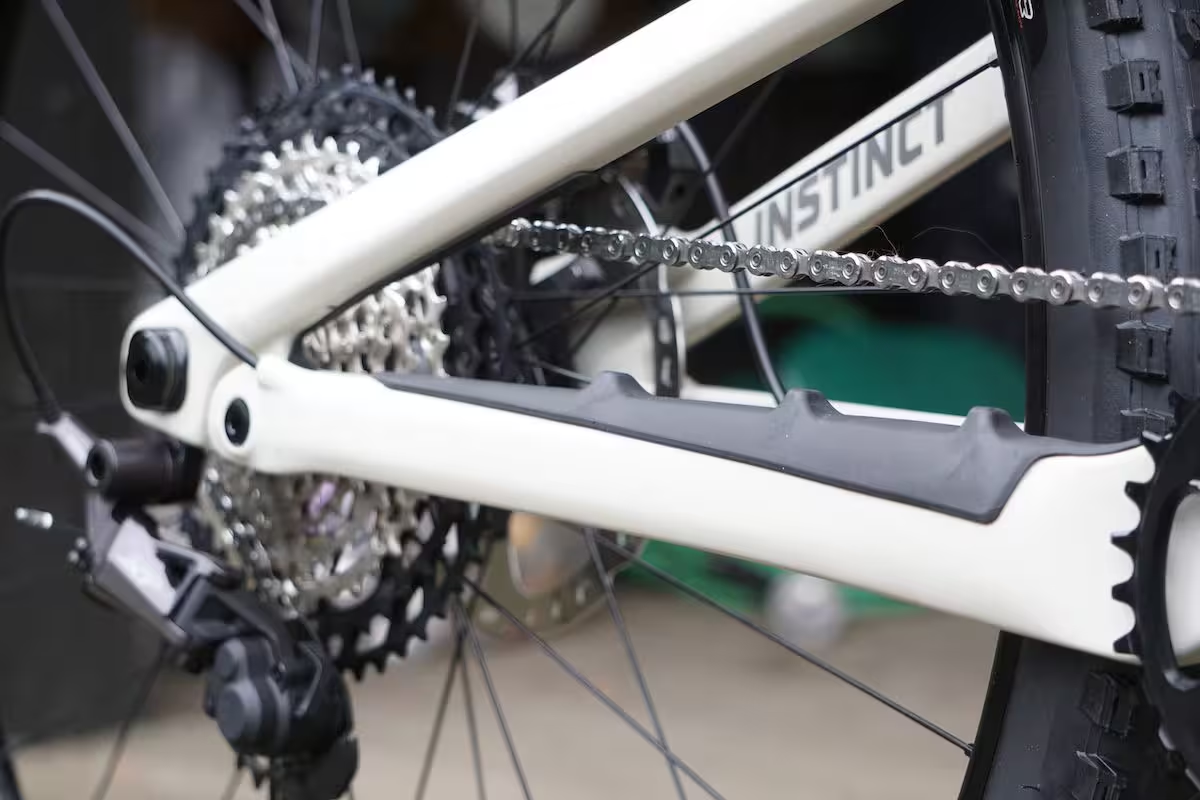It’s been a busy year for Rocky Mountain, reinventing its Altitude enduro bike and, just a couple weeks later, releasing a refined and updated version of its Instinct trail bike.
After a good seven months on the Instinct, we’re checking back in to see if this do-it-all bike can actually do everything well, or at least come close enough.
Rocky Mountain Instinct
The Instinct is new, but it retains a similar look and purpose in Rocky Mountain’s line of bikes. The 140-mm rear travel, 150-mm for, 29″ wheel (S-XL. XS and S have 27.5″ wheels) bike is still very much a do-it-all trail bike. Some updates to the frame, and some changes to geometry expand the range of riding that that “do-it-all” can cover.
The Instinct now boasts three frame adjustments. Ride-4 adjusts geometry as a whole as well as suspension kinematics. It makes the bike steeper and suspension more supportive at one end and, on the other extreme, slacker with more supple suspension. That gives, for head tube angle, a range from 64.3-degrees to 63.5. That’s reasonably slack for a trail bike. A reach-adjust headset and adjustable chainstays help reign in the Instinct a little, or really let it loose.
Rocky also adds an in-frame storage to the carbon fibre frame Instincts (but not the alloy frames) called Penalty Box 2.0, which comes with two dedicated stash bags to keep everything in check inside the frame. The lid to this box includes a compartment for an Apple AirTag to help keep tabs on your bike.
Adding tools to the Swiss army knife of bikes.
The changes in the Instinct reflect, arguably, a change in the way people are riding. Parts are more durable and suspension is more efficient. This makes a 140mm/150mm bike both more enjoyable to climb mountains on, even dressed in parts that are more capable on the way down. It also likely reflects the shift in the Altitude to a new, very enduro-focused design. That leaves room for the Instinct to push into the more aggressive side of trail riding without any crossover in the Rocky line-up.
But the Instinct doesn’t lose its identity as a do-it-all trail bike. It arguably has a broader range than the previous generation, with the help of the numerous frame adjustments. The newer additions (a 10mm rear axle flip-chip and +/- 5mm reach adjust headset) really complement the existing Ride-4 geometry chip. You’re no longer just adjusting geometry (and suspension kinematics) in a general way…
Click Here to Read the Full Original Article at Canadian Cycling Magazine…

